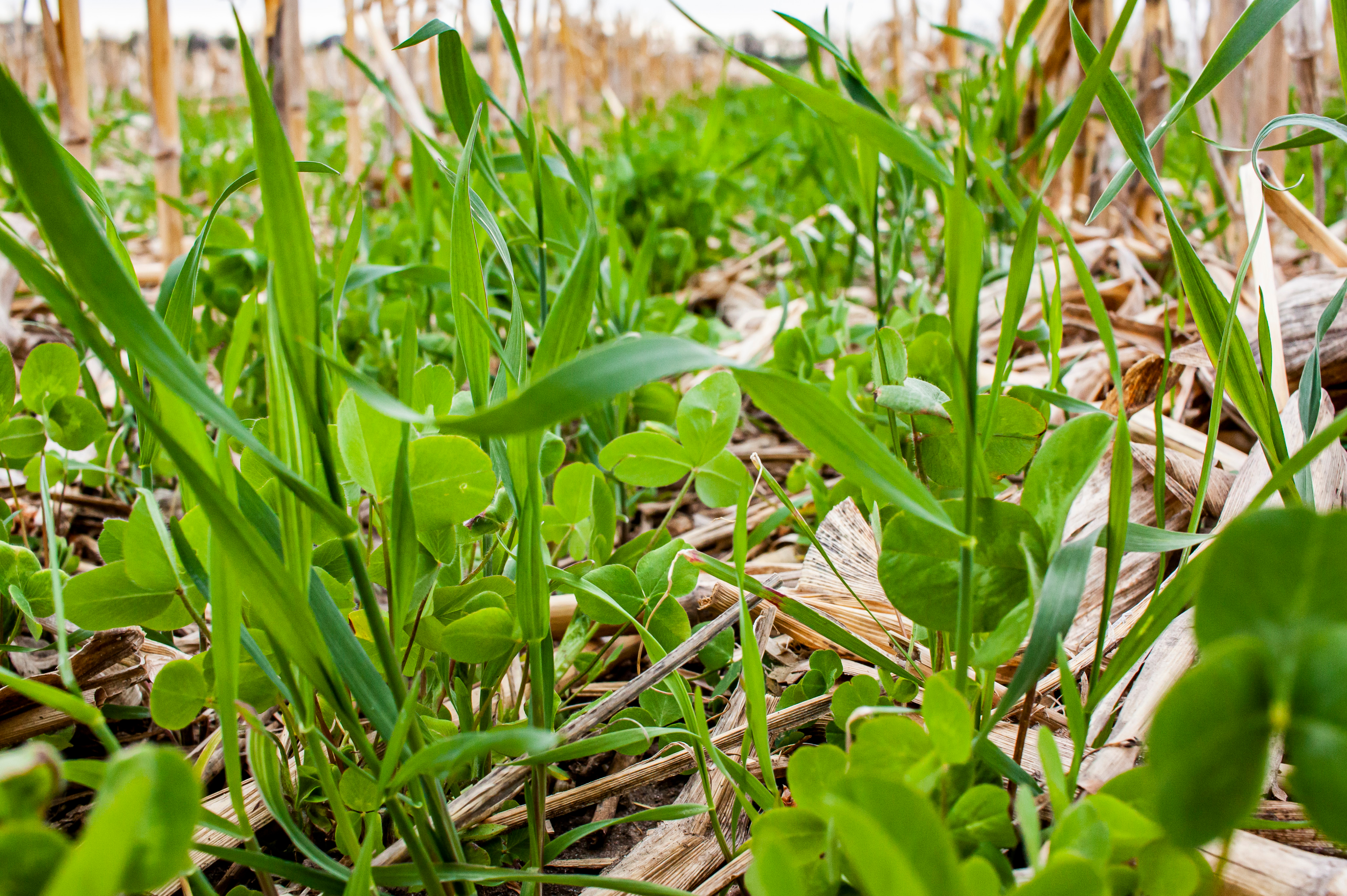This session introduces the definition and significance of cover crop biomass, as well as the biomass thresholds needed to achieve various ecosystem services. It discusses several factors that influence biomass production, provides examples of different cover crop types and their typical biomass potential, and emphasizes the importance of considering the range over the mean when estimating biomass. Supporting evidence is drawn from a review study that presents a range of biomass estimates across Nebraska for key species of interest. Particular emphasis is placed on a phenotyping experiment that introduced the concept of the "cover crop growth gap," highlighting biomass losses from shorter growing intervals compared to extended intervals for different climatic divisions of Nebraska. Additional data from field studies are presented to illustrate how management practices such as planting and termination timing, seeding methods and irrigation can impact biomass accumulation. Practical visual approaches for quick, non-destructive biomass estimation in the field, with the use of plant height and density as proxies, are also demonstrated. The session concludes with key research findings, highlighting the importance of realistic biomass goals and accounting for seasonal weather variability, particularly harsh winters that can limit cover crop productivity.
This webinar, entitled ‘How Much Cover Crop Biomass to Expect in Nebraska,’ is the fourth in a four-part series on cover crops, presented by Vesh Thapa, a postdoctoral research associate at the UNL Department of Agronomy and Horticulture.
These course materials are part of a collaborative agreement between USDA NRCS and the University of Nebraska to support conservation delivery.
